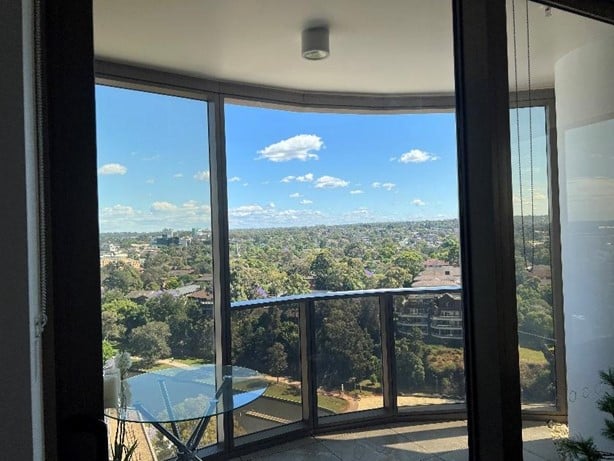Helmholtz Resonance Effects in Buildings
Posted on August 29, 2023
Imagine you are on the couch, watching your television, and suddenly the balcony door and adjacent façade behind you start banging loudly and then soon after the television starts to wobble and the internal partitions start vibrating. This is what it is like to experience the Helmholtz effect. You may be surprised to hear that occurrence of this phenomenon is increasing
How does this creepy phenomenon come about?
This starts with the configuration of the balcony space adjacent to the façade. More specifically if it is a wintergarden with one single fixed opening, which would configure the balcony in the same way as an organ pipe or whistle. The same effect can sometimes be experienced to a lesser degree if one is in a moving car with one window partially open.
So far, we have only seen this effect occur where the balcony is configured as a wintergarden and incorporates a fixed opening that is configured as a 3-sided orifice (i.e. a fixed balustrade below that connects to the floor and full-height side panels or walls that extend out from either side, in-line with the aspect of the fixed opening).
As the wind moves across or into the opening (this effect does not tend to occur when the opening is in the lee of the building, relative to the wind direction), the external pressure fluctuations tend to become organised into a narrowband pulsating frequency. It is possible to calculate that frequency and often it will tend to be very close to the natural frequency of a glass panel or mullion. The close frequencies would set off a tuning fork effect that results in significantly increased amplitude of oscillation of the façade to the point where it could in some cases engage the floor slab which in turn would start shaking the furniture (including the television!) and internal walls.
How can we avoid this phenomenon?
The simple solution is to avoid wintergardens. If you must have a wintergarden then you should consider at least to provide louvres in the fixed opening, although this is not an ideal solution as it only solves this problem when the louvres are shut, and some planning authorities will count the balcony as part of the indoor floor area in that case.
Some of the solutions that we have proposed in the past include the following:
- Provide a second fixed opening of a similar size, positioned as far apart as possible.
- Incorporate a porosity in the full-height sections of the façade enclosing the wintergarden.
- Use a palisade style balustrade under the fixed opening (to convert the opening to a 2-sided orifice)

Figure 1: An example of a balcony that has generated Helmholtz Resonance effects.
Windtech offers a preliminary assessment of this effect as part of their comprehensive desktop wind noise assessment for new developments. This wind study is highly recommended, especially for residential developments.
If you need assistance with a Helmholtz Resonance effect in your project, please reach out to our dedicated wind engineers at our regional offices in Sydney & Melbourne, Australia, London, UK, and Mumbai, India. New York & Miami, USA, Toronto, Canada, Dubai, Hong Kong & Singapore, we guarantee to support you wherever you are based.
To get regular updates on news and events, please follow us on our LinkedIn page.
Return to Main News Page

